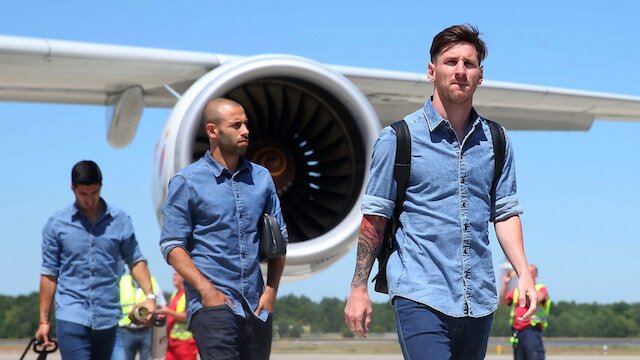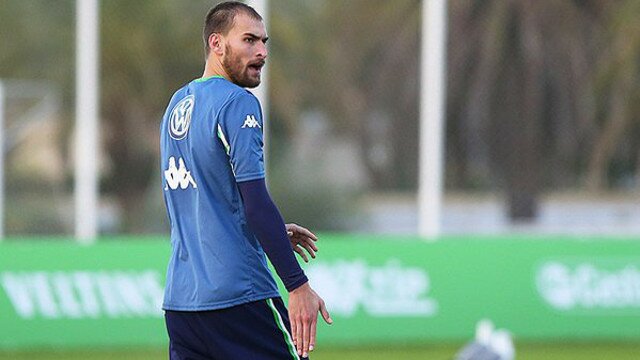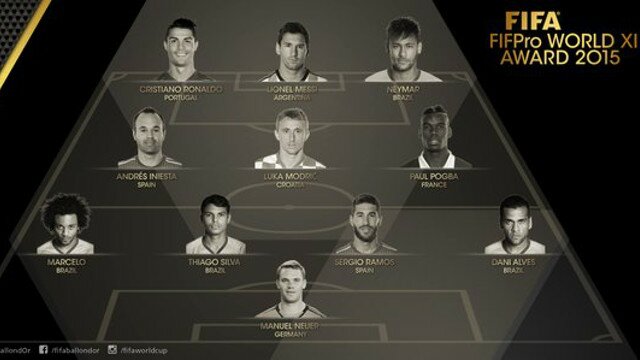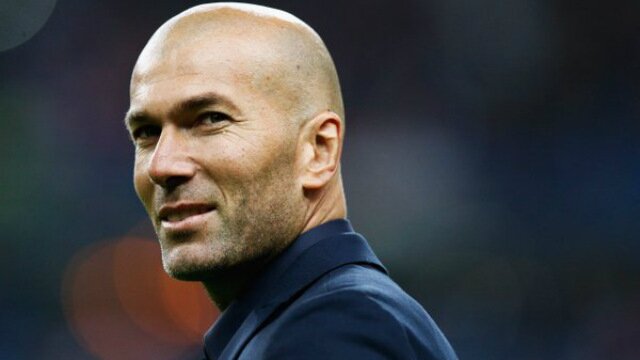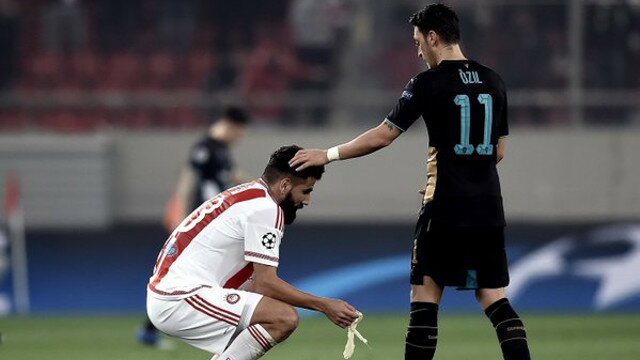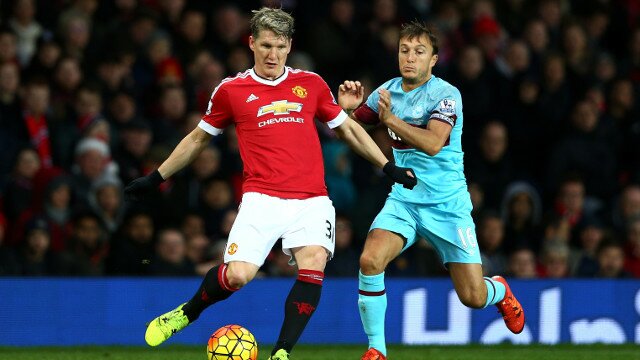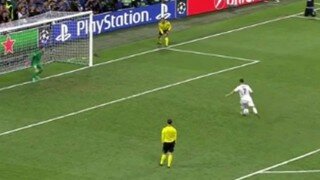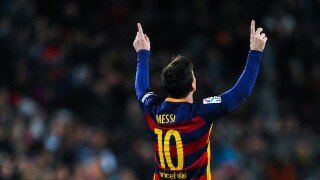
The splashy addition of James Rodriguez to Real Madrid should come as no surprise given the club’s track record of expensive signings for talented players and Rodriguez certainly fits that bill.
Rodriguez, who was sold to Real Madrid by AS Monaco for a figure north of $100 million, was the breakout star of the 2014 World Cup as he led an exuberant and exciting Colombia team to the quarterfinals. Rodriguez won the Golden Boot award as the top scorer of the tournament with six goals and tallied two assists as well. That’s pretty good for a 22-year-old in his first World Cup and Los Blancos took notice.
He joins a team that fields, arguably, the best squad in the world, especially after the addition of Toni Kroos on a rather low transfer fee given the quality he possesses.
The question becomes: where does Rodriguez fit in with this Real Madrid squad? Manager Carlo Ancelotti has this dilemma on his hands, but it’s a dilemma any other coach in the world would kill to have.
Ancelotti deployed a 4-3-3 formation for the majority of last season with the trio of Cristiano Ronaldo, Karim Benzema and Gareth Bale up top. They were often flanked by some combination of Angel Di Maria, Luka Modric, Xabi Alonso and Sami Khedira, who may be on his way to Arsenal or Chelsea in the near future.
For Colombia, Rodriguez played in the “false 9” role and was the origin of seemingly every Colombian attack. His responsibilities on defense were very limited and he hasn’t proved to be a great tackler of the ball, so we can assume he will have a similar all-offense type of role in Madrid.
While Rodriguez’s best position is probably that “false 9” position, he may not have the luxury of playing it with Benzema up top as the target striker. That doesn’t mean that Rodriguez can’t play under Benzema in a withdrawn forward or attacking midfield role, but it would be a modification to Ancelotti’s preferred 4-3-3 system. In a sense, it would almost become a 4-2-1-3 if Ancelotti decides to stick with at least two defensive midfielders to offer support for Rodriguez and start counter-attacks.
The addition of Rodriguez also makes this situation very interesting for Di Maria. The latter played a variety of roles last year for Los Blancos and with his work-rate being as high as it is, he can play almost anywhere, but his best position is out wide so he can use his tremendous speed and dribbling ability. Di Maria was also essential to the team’s attack last season and it may have been his best individual season with the club to date.
Both Rodriguez and Di Maria are left-footed which complicates it a bit further. Di Maria is almost entirely left-footed and rarely looks to use his right, but he is a very adept crosser of the ball. Rodriguez has shown that he can use both feet fairly well, at least better than Di Maria can right now.
One scenario which might work is deploying both Di Maria and Rodriguez under the front trio of attackers. Di Maria’s speed and crossing ability could work very well with Ronaldo’s penchant for cutting inside on his rocket of a right foot. When Ronaldo cuts inside, he could have the speedy Di Maria overlapping on his left giving him another dangerous option.
Rodriguez could slot in on the right side in a more narrow capacity to allow him to cut in toward the middle of the field while keeping Bale’s excellent pace as wide as possible.
In this situation, Ancelotti would be fielding only one defensive midfielder and could be a bit troubling if he values last year’s stability in the middle of the field more than having, potentially, the most dynamic attack in the world.
While Rodriguez may not be the ideal fit into the system Ancelotti had used last year, he is talented enough to blend in to whatever role he is given. If Ancelotti figures it out fairly quickly, we may be treated to one of the most ruthless and blistering attacking teams in recent memory.
 Share
Share 

